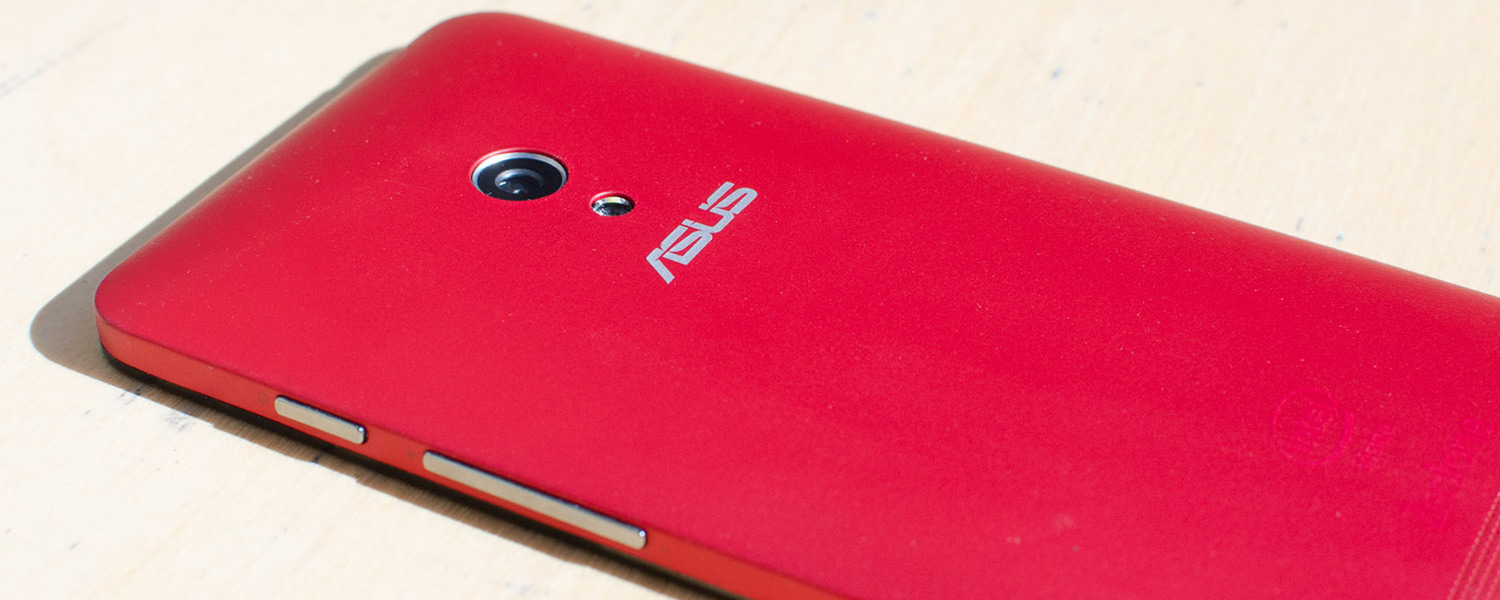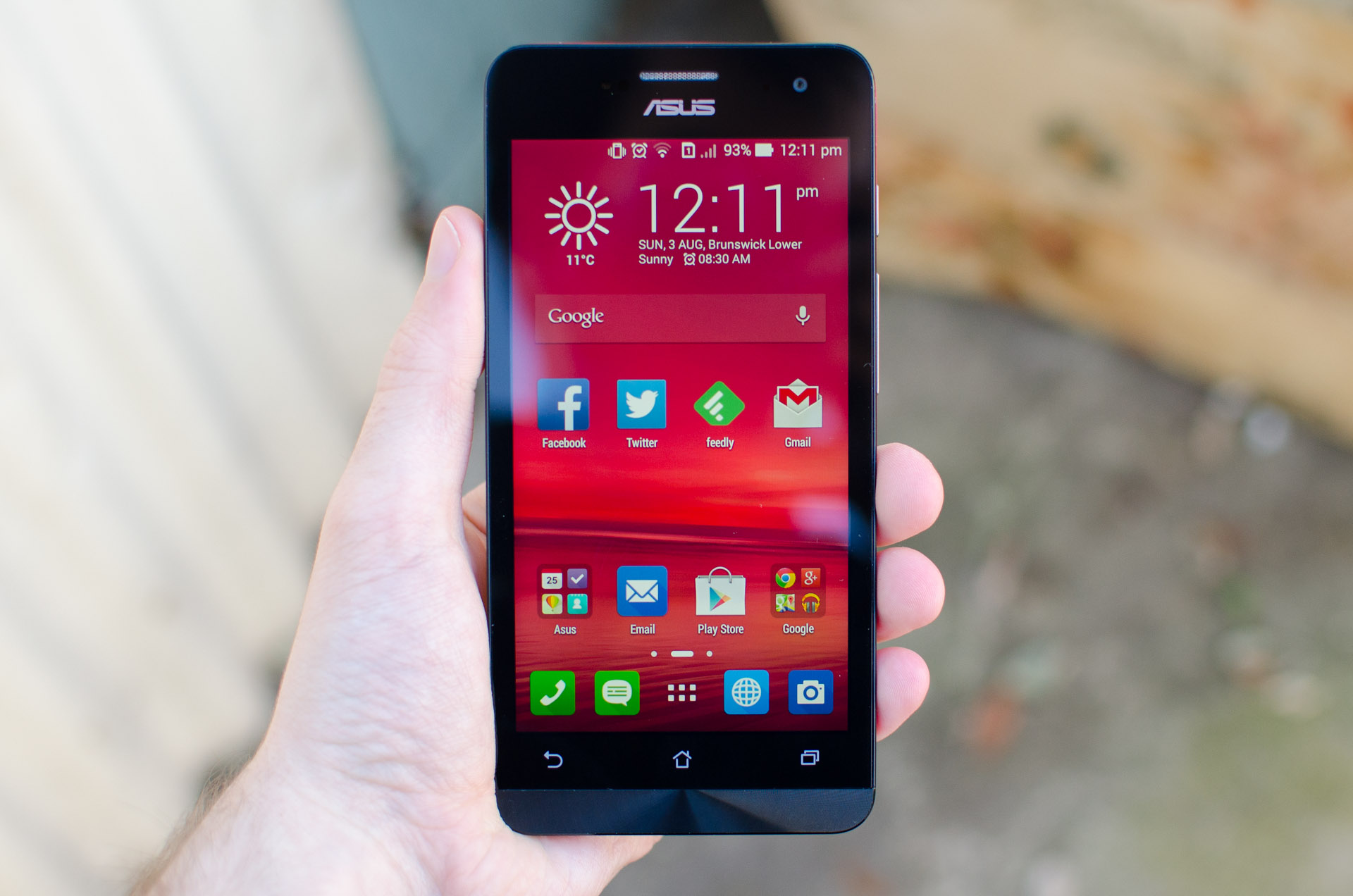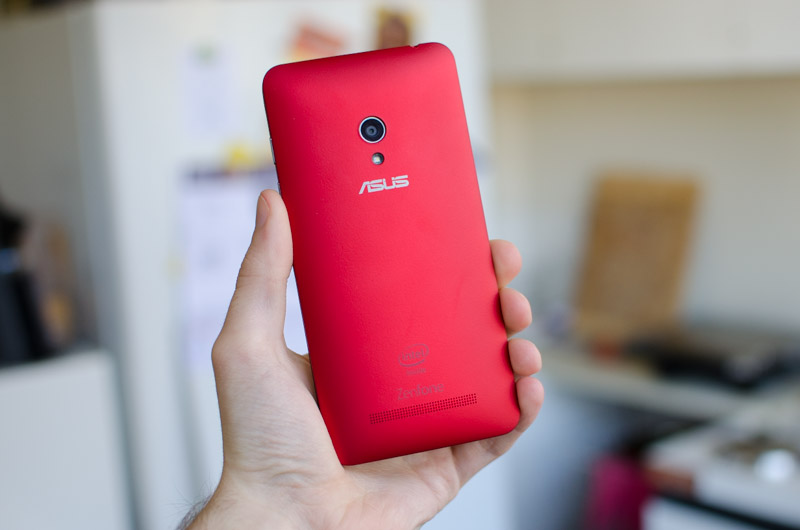Software, Wrap Up
Many of the aspects of the Zenfone 5's software are identical to what was seen on the Asus MeMO Pad 7, just scaled down for the smaller display. That's because both devices use Asus' ZenUI atop Android, although the Zenfone 5 is still stuck on Android 4.3, despite Android 4.4 being released back in October 2013.
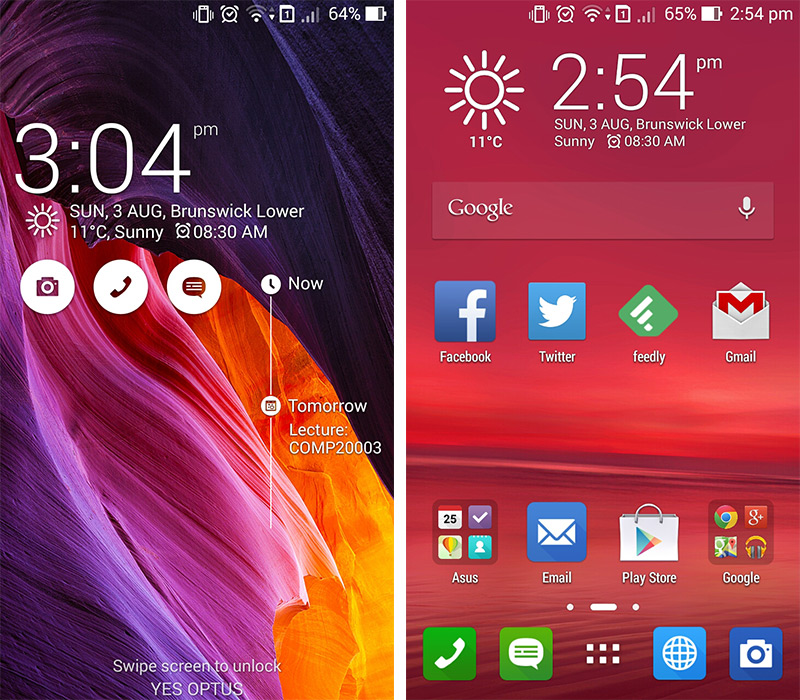
The design of the ZenUI is pleasant, although many applications have been skinned for the sake of skinning, adding no new features to what is provided through the AOSP or Google apps. I'd be very displeased if Asus skin was visually awful and failed to improve the standard feature set, but at least their offering melds reasonably well with the vanilla Android style.
Like the MeMO Pad 7, the notification pane is split into both a quick toggles area and a standard notification drop-down depending on which side of the status bar you drag down from. It's a little inconvenient having to remember to swipe down on the left side to get notifications, although the quick access to toggles such as Wi-Fi and GPS can come in handy.
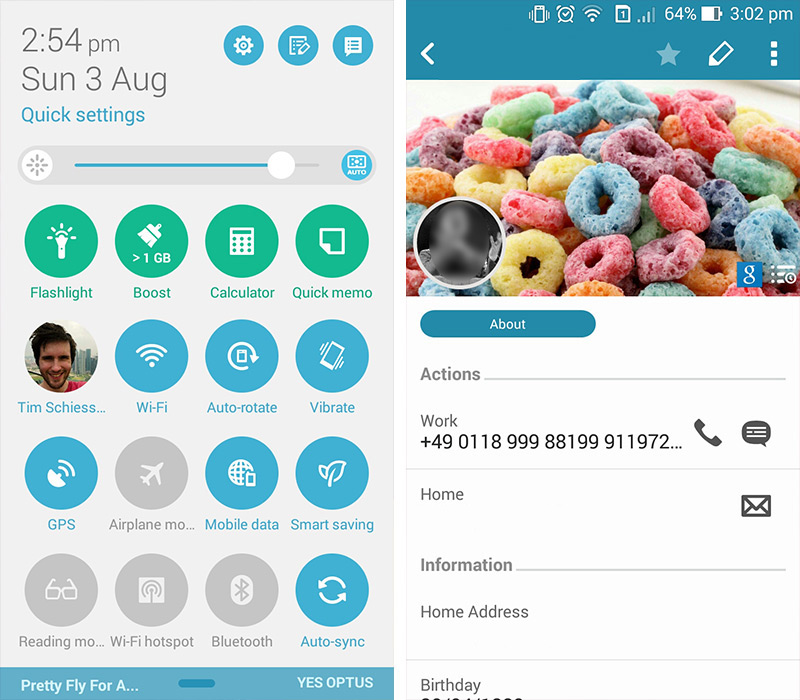
What's Next is integrated into the homescreen (through a widget) and the lockscreen, as well as coming as a standalone application. The feature combines weather info with upcoming calendar events to provide an easy-to-read timeline of what you have to do in the coming days. The fact that the feature is integrated throughout the OS makes it really easy to keep up to date with your schedule each day.
There's several other Asus-made applications loaded onto the Zenfone 5, including WebStorage for managing your cloud storage on Asus' service, SuperNote and Quick Memo for note taking, Do It Later for task management, and a few other Asus services. While it's good to see some apps like these included on the device, none of them are standouts and you could quite easily find better versions in the Play Store.
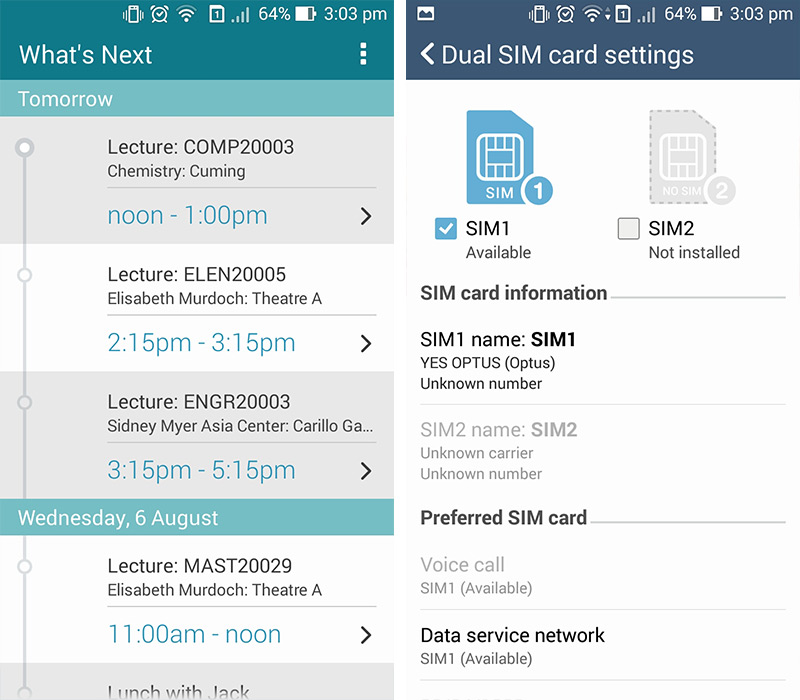
As the Zenfone 5 has two SIM card slots, there are several dual-SIM features scattered around the OS. In the device's settings, there are options to set which SIM is used for data, and a default SIM for calls and messages. In the call and messages apps there are indicators that tell you what SIM is used for messages and calls, plus of course you can set which SIM to use. Nothing unusual for a dual-SIM handset.
Final Thoughts
For the low price of $170, there's a lot to like about the Asus Zenfone 5. There aren't many products in this price range that come with a flagship-sized 5.0-inch display, and the Zenfone 5's panel delivers not only on area, but quality as well. A resolution of 720p is more than serviceable at this size, and Asus' Splendid application allows you to fine tune the display's color reproduction to your liking.
It's not often we see Intel Atom SoCs inside Android smartphones, so the Z2560 presents an interesting talking point around the Zenfone 5's performance. On benchmarks alone the Clover Trail+ chip falls around the mark of Qualcomm's Snapdragon 400, with slightly better GPU performance, so there's nothing to complain about here.
Occasionally you'll come across slowdowns, crashes and app incompatibilities related to the SoC's x86 architecture, but these problems are infrequent and don't disrupt the everyday usage of this quite capable smartphone.
The Asus' ZenUI atop Android 4.3 is reasonable although unspectacular, providing some interesting additions to the software stack without going above and beyond. Something similar can be said of the handset's design: it's reasonable, constructed out of solid materials, perhaps a little too large, and generally unremarkable.
While there are many aspects of the Zenfone 5 that go above and beyond the device's price point, there's one area that's below average: the camera. The 8-megapixel shooter is lacklustre in all but the best conditions, despite a fairly strong feature set. I don't expect the greatest from entry-level handsets, and you won't get horrendous images from the Zenfone 5, but this camera is below par.
The battery life also isn't great, with benchmarks placing the handset towards the bottom of the pack. Heavy phone users will find this disappointing, although standby time does appear to be quite good, especially if you enable (and customize) the included power saving mode.
The Asus Zenfone 5 is good enough value in other aspects of the package that it could be worth overlooking any issues with the camera and battery life. Its size and price is relatively unique, with its competitors either costing more, having inferior specifications in other areas, or packing smaller displays. If you're after a 5.0-inch smartphone with decent hardware at the lowest possible cost, the Zenfone 5 will likely suit your needs.
score
Pros: Large, decent quality display punches well above its weight. Good performance from the Intel components. Fantastic value for a 5-inch, dual-SIM handset.
Cons: Mediocre camera in most conditions. Sub-par battery life. Minor issues with the stock-standard smartphone design.
